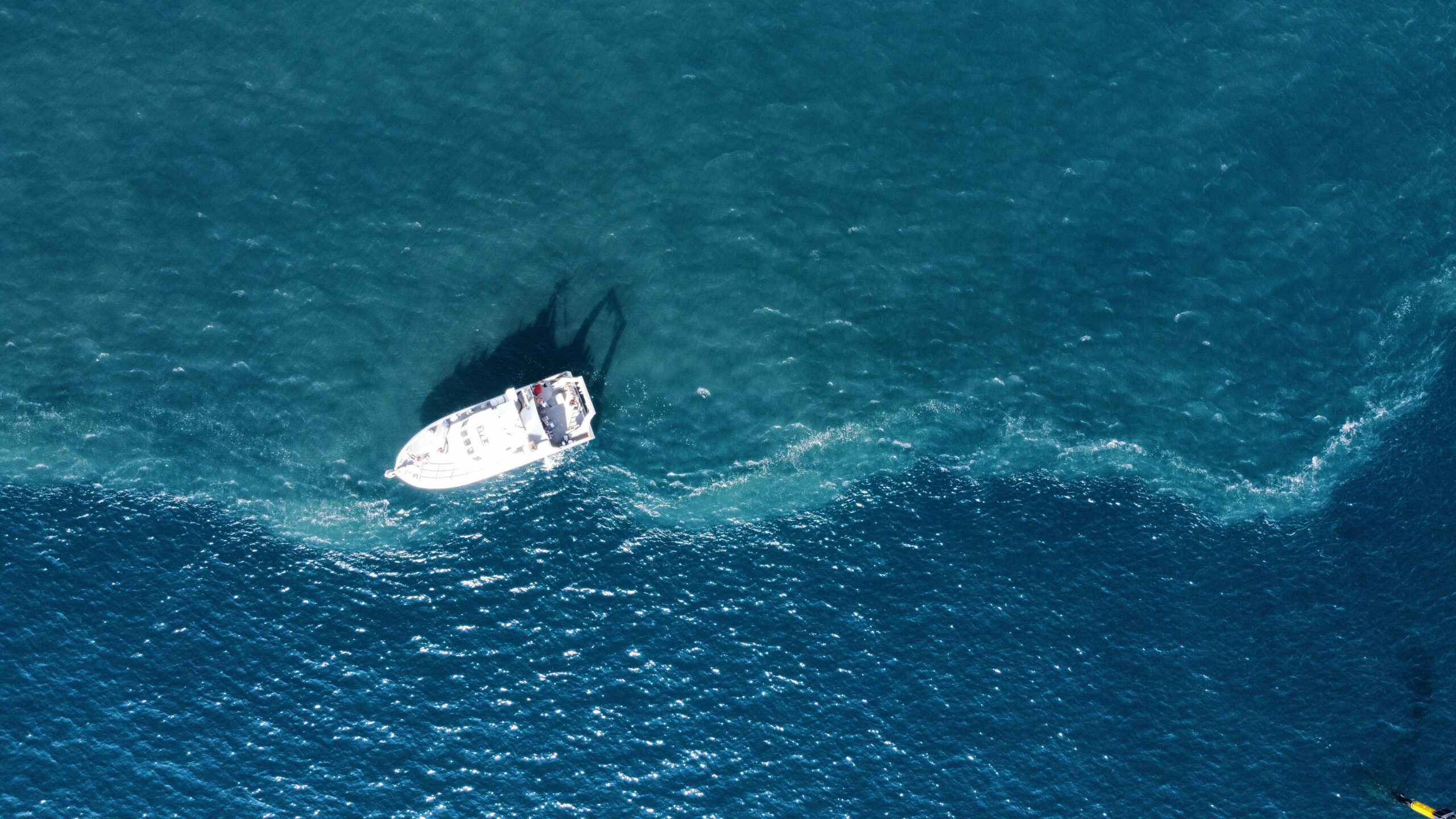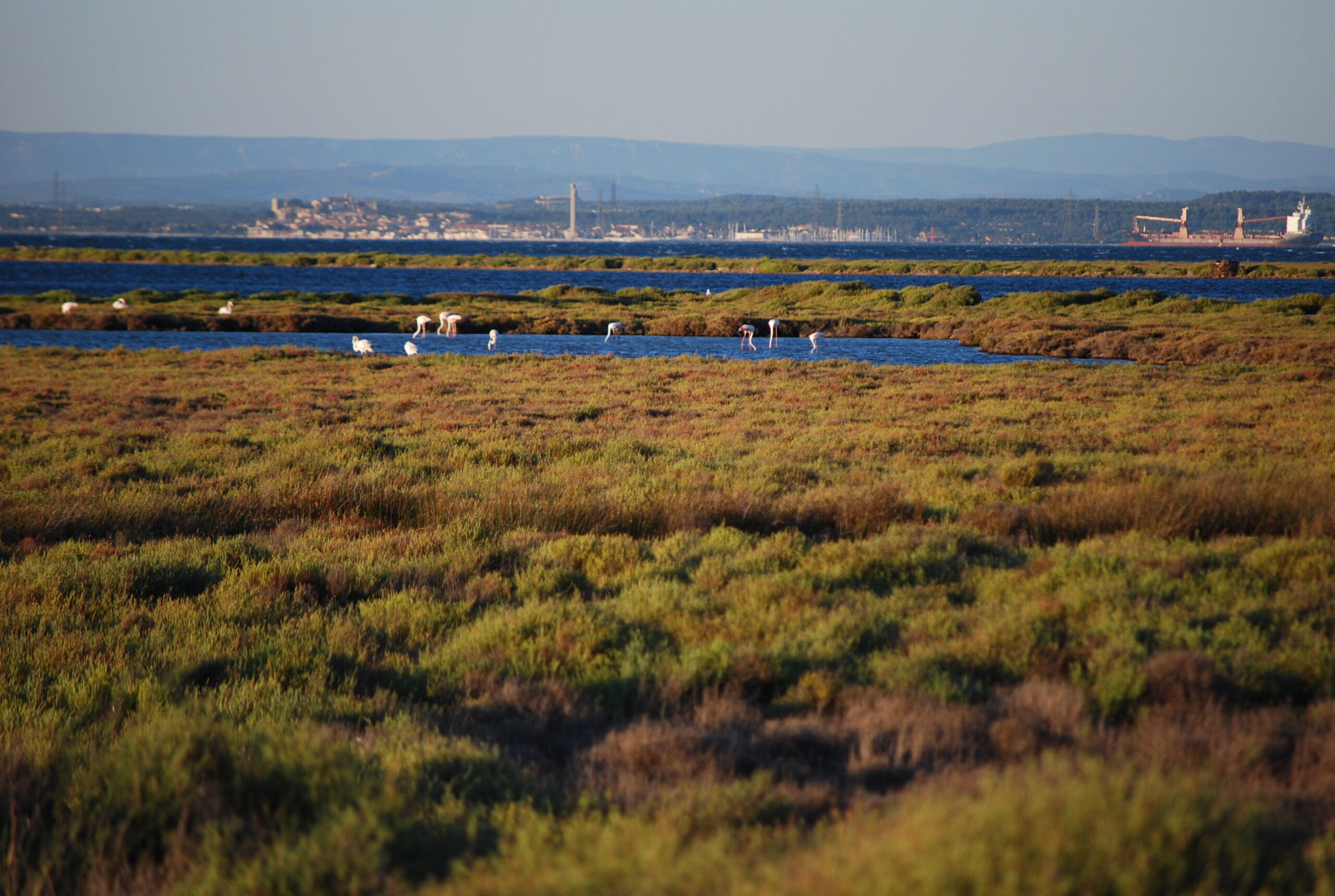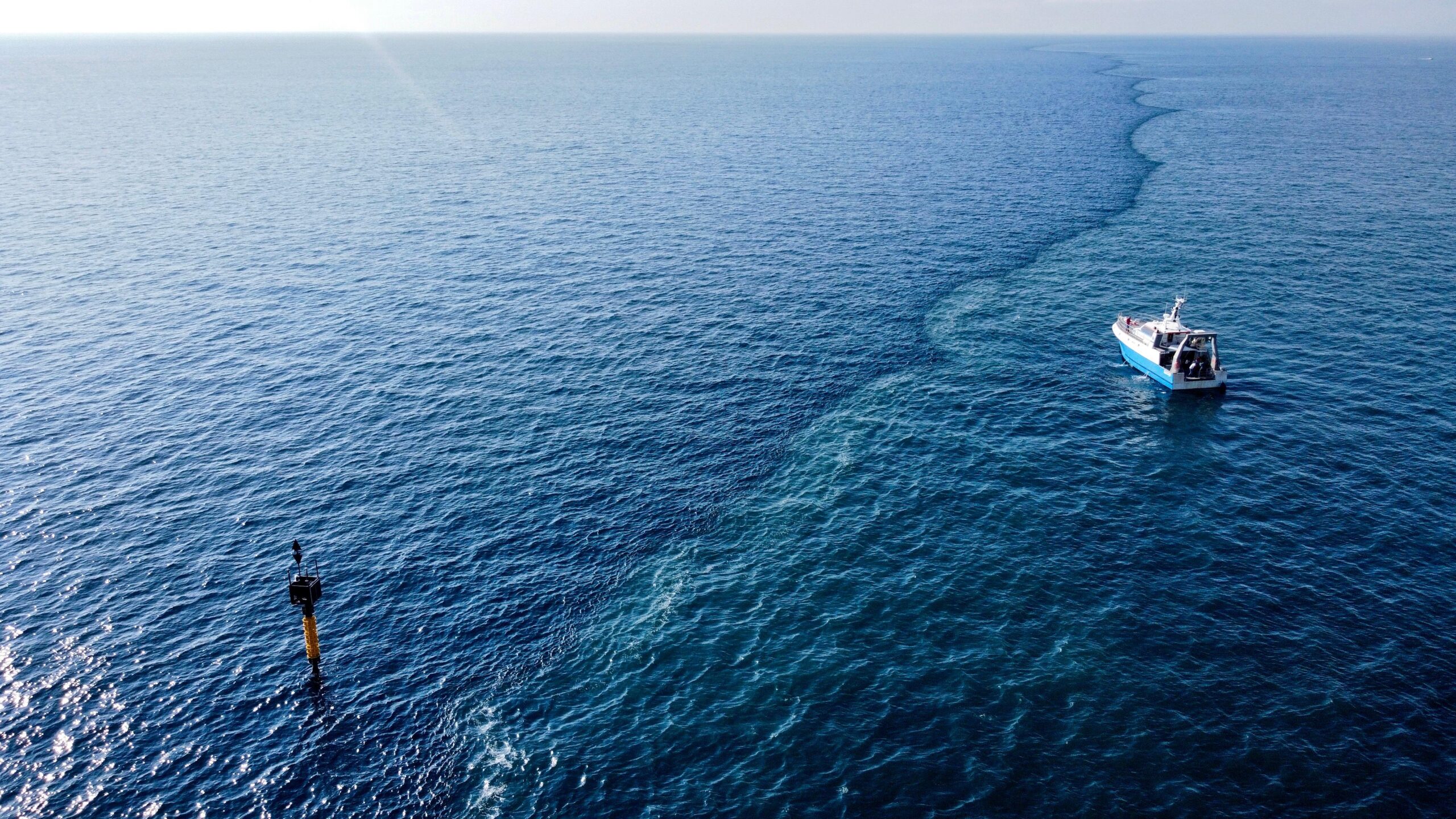Les news de RiOMar
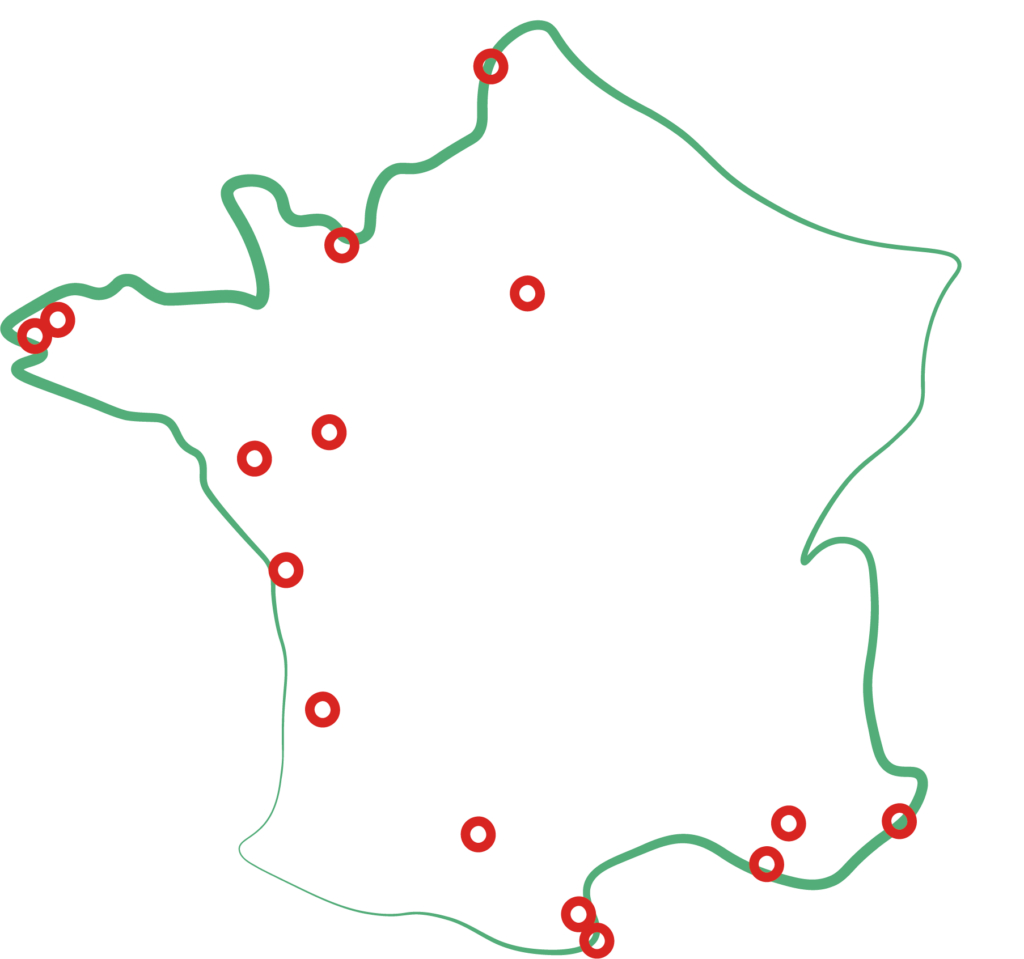
Une vingtaine de partenaires en France métropolitaine
Université, Instituts, observatoires et centres de recherche en collaboration.
Présent dans 5 régions côtières métropolitaines
Manche-Seine, Sud-Bretagne-Loire, Pertuis-Charente, Golfe de Gascogne-Gironde, Golfe du Lion-Rhône.
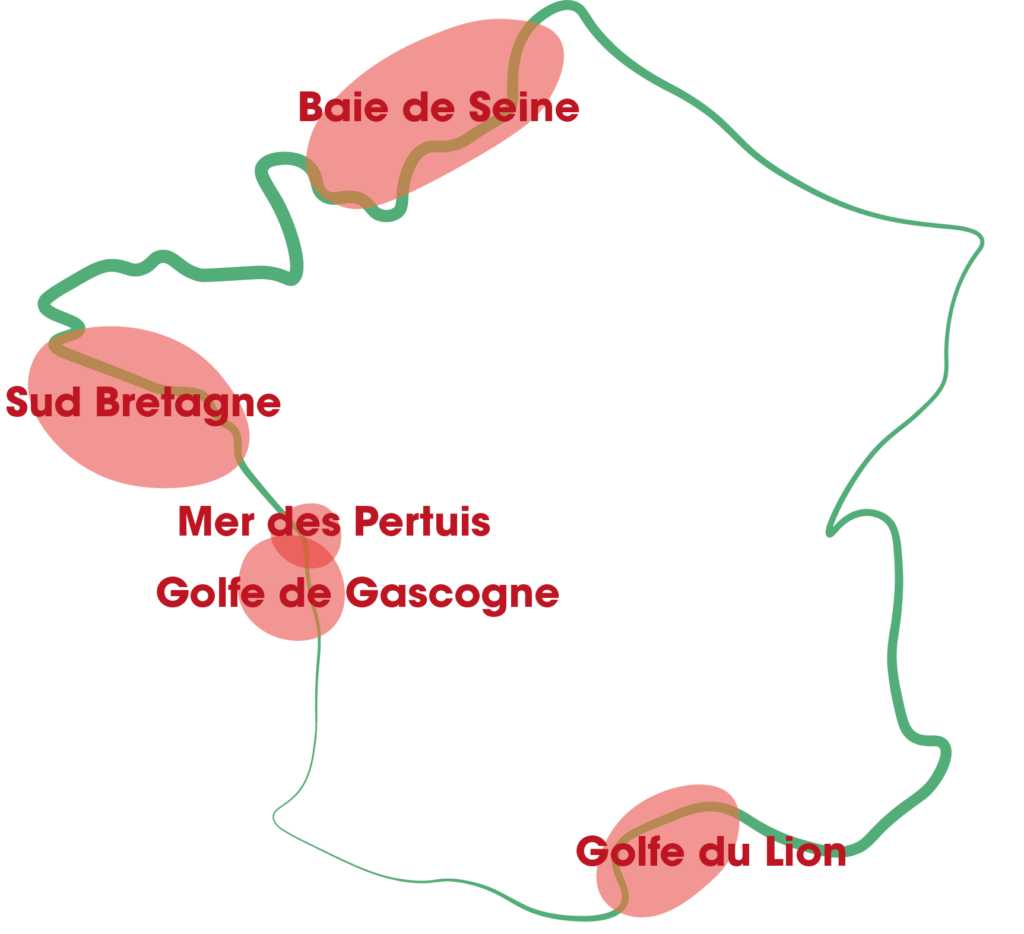
Les prochains rendez-vous de RiOMar
-
Réunion annuelle de mi-parcours RiOMar
Date : du 12 au 14 novembre, programme détaillé et inscription à venir.
